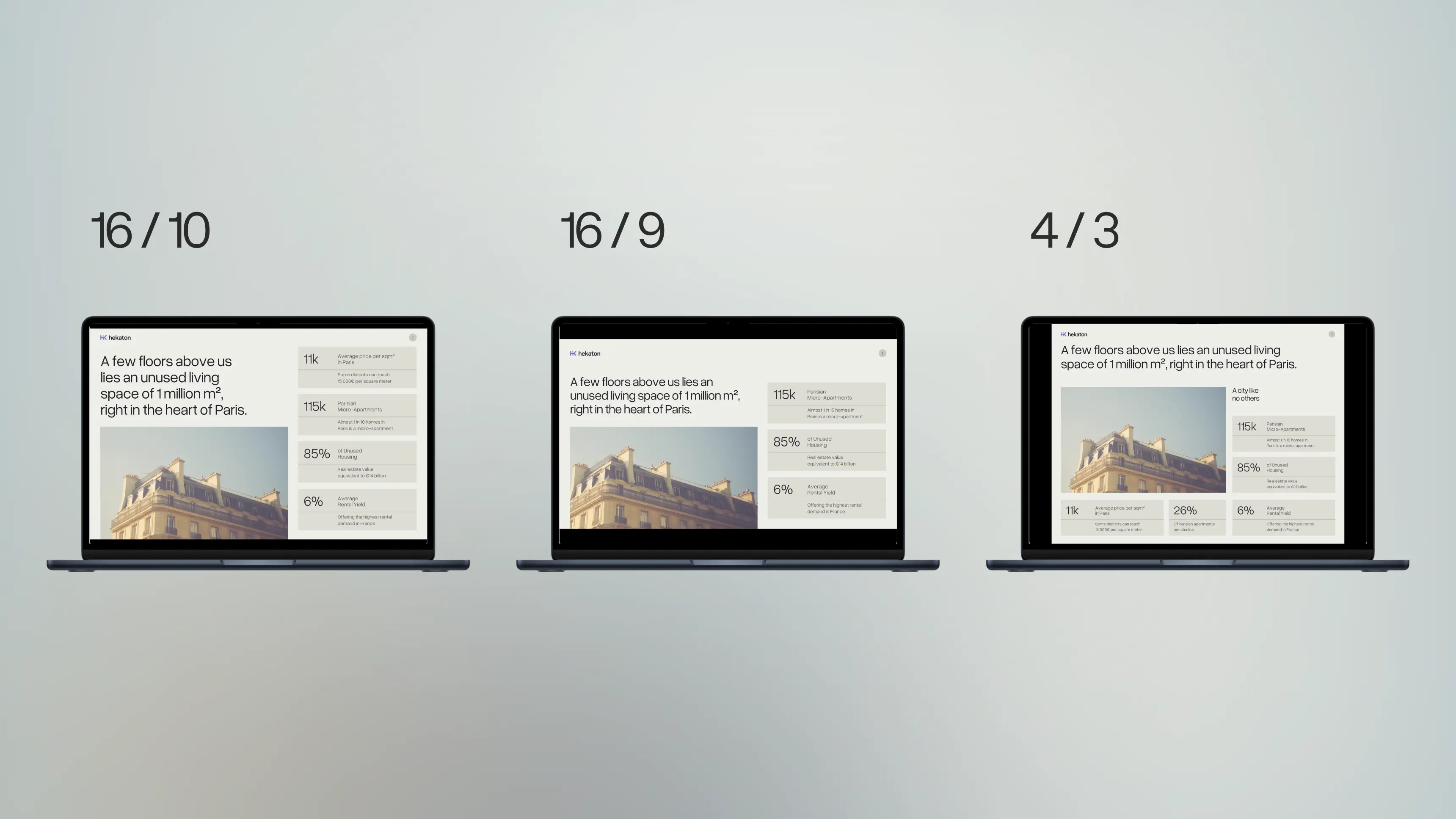How to use the color theme in PowerPoint
Learn how to make good use of colors in PowerPoint and personalize your presentations
Author
Gaëtan Spiga
Updated on
January 29, 2025
Created on
January 28, 2025
Category
Tutorials


You've probably already noticed this feature in PowerPoint, which you may have put aside because it proved to be more annoying than practical. Well used, it nevertheless saves precious time, whether it is when your manager asks you to finally change this blue that you used throughout the 80 slides of your report, or simply to quickly visualize how several color combinations are rendered on your slides in order to make a choice on which ones you are going to use. Here's how to do it.
What is a PowerPoint color theme?
PowerPoint theme colors provide a dynamic color palette for your presentation. Indeed, in addition to acting as a shortcut for the colors that you will frequently use in your file, the color theme allows you to modify at once all the occurrences of a color that you have used throughout your presentation without having to change each text, each shape, each background of this color in your slides one by one without having to change one by one each text, each shape, each background of this color within your slides.
Access and change PowerPoint theme colors
You'll find the theme colors in the mask mode. To access it, open the tab Display on the ribbon, then select Slide mask.

From this new tab, you can edit theme colors via the button Colors, then the option Customize colors...

The 1st color (Text/Background - Dark 1) is the most important one here because every time you create a text box in your presentation, it will be displayed with it by default. We recommend that you do not change this color unless you expect the majority of the text in your presentation not to be black.
The following three colors have no concrete use in PowerPoint other than as a shortcut. Do not hesitate to change them if necessary, we recommend however to keep the white that could be used (to write text in a dark color for example).
The color Accentuation 1 is also important because it is in this color that each shape you add in your slides will be created. Likewise, if you add a chart to your presentation, it will repeat the theme colors in the order of the accent colors (as indicated by the small histogram in the example).
After setting up your 6 accent colors (and possibly the hyperlink colors), give a name to your theme then click Save (it will be automatically saved in the list of themes for later use).
Change all the colors in your presentation

First of all, when designing your slides, be sure to use the colors you have previously configured (or the light/dark combinations automatically generated by PowerPoint). If you use standard colors or any other color, they can only be changed individually on your texts or shapes later. Likewise, if you use the eyedropper tool to retrieve a theme color from an object, PowerPoint will create a duplicate of this shade in the “Recently Used Colors” that will not be dynamic (but you should not need to use the dropper tool for your theme colors since they are precisely found in the color chart).
To change the colors in your presentation, simply return to the slide master using the same steps as when setting up the theme colors initially. By changing one of the colors configured in this way, you will see all the occurrences of it automatically update to the new color chosen.



.svg)



















